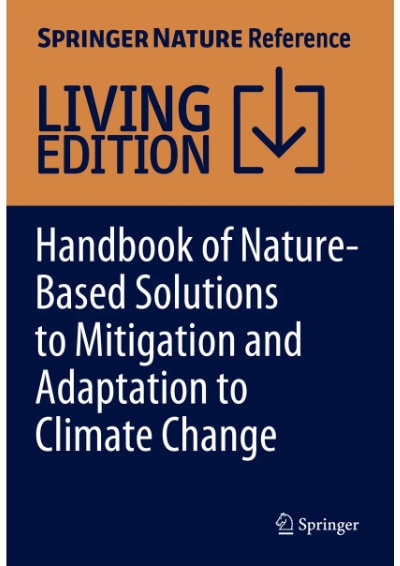Till Pistorius, Ho Dac Thai Hoang, Tai Tien Dinh, Le Thai Hung, Maximilian Roth & Tran Khuong Duy
Vietnam, with its coastline of approximately 3260 km, is highly vulnerable to the impacts of climate change, especially tropical storms, floods, and extended droughts. Typhoons often make landfall in Vietnam’s North Central Coast (NCC) and are expected to increase in strength, resulting in significant damages to human well-being and the economy. The Government of Vietnam recognizes the need for effective protection of its coast through ecosystem-based adaptation and disaster risk reduction.
Intact terrestrial coastal forests in NCC are highly biodiverse ecosystems. They have important protective functions that can mitigate the impacts of tropical storms for the local communities. They are characterized by extreme site conditions, including low water retention capacity and low availability of nutrients combined with high levels of saltiness. As a result of decades of overuse and conversion, most coastal forests are highly degraded and their important protective ecosystem services at risk: An estimated 530,000 ha of such forests are highly degraded and in need of restoration. Regular droughts, fires, inundations, and sand movement make any reforestation technically challenging.
The project “Ecosystem-based Adaptation in the North Central Coast of Vietnam: Restoration and Co-management of Degraded Dunes and Mangroves” is an innovative effort aiming at reforesting degraded coastal areas with native tree species and addressing hurdles for upscaling. This study presents the concept, the challenges, and the lessons learnt regarding nursing and planting the selected species on more than 450 ha in three project provinces in NCC. The project team and students from Hue University have examined growth and survival rates, as well as the resprouting ability of the selected species. The results presented in this study illustrate both, a general technical feasibility of restoring these important and fascinating habitats with native tree species, as well as the challenges and the need for a long-term monitoring. Such monitoring combined with systematic research will allow for a better understanding of these highly biodiverse ecosystems and to conclude on the long-term effectiveness of the approach, as it will take decades until the trees reach maturity and can reproduce in situ.
Complete publication on link.springer.com
